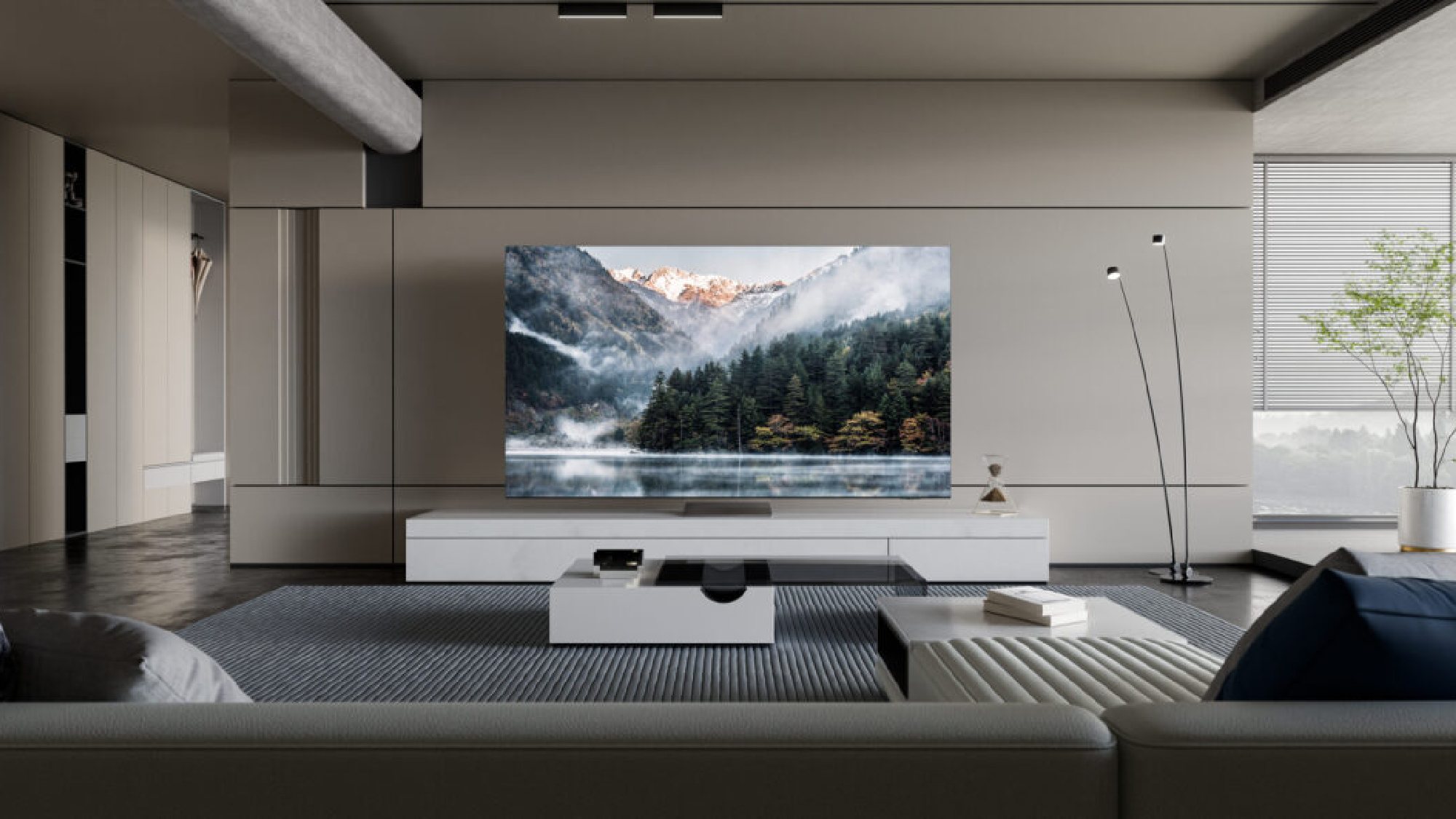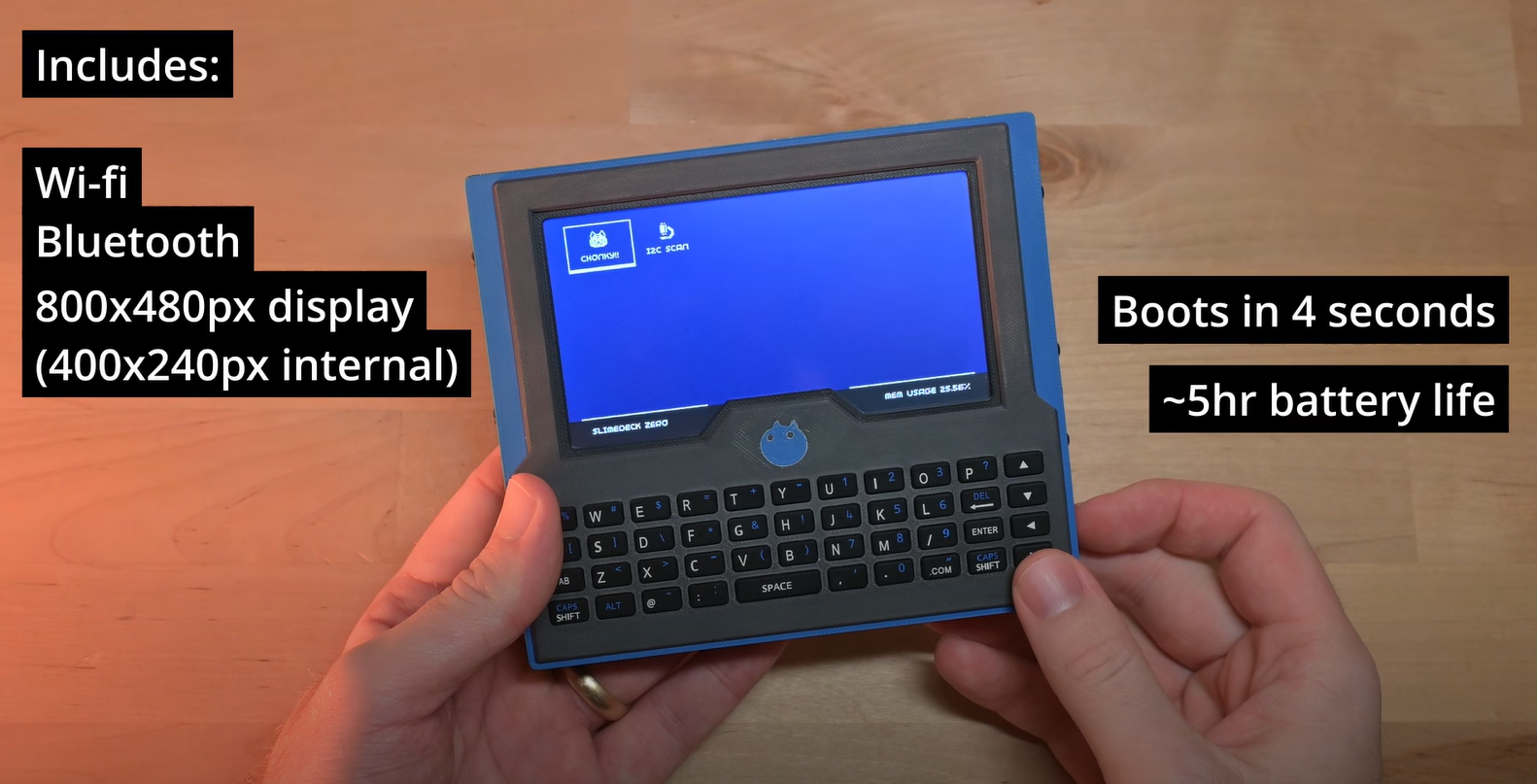
There's something interesting — and, some might say, depressing — going on with 8K TVs. They're arguably the most future-proof displays you can find in the market right now, offering you serious picture performance at a hefty premium, and yet, TV makers are dropping their 8K TVs in droves.Sony and LG stopped selling or majorly advertising 8K TVs back in 2023 and while both TCL and Hisense have 8K TVs on the market, they're a few years old at this point.
As of right now, Samsung is one of the only TV makers still launching new 8K models in its 2025 TV lineup.With TVs getting bigger, you'd think 8K TVs would become the de facto resolution. But there's several reasons for their diminishing appeal.

In the face of fascinating newer technologies on the rise, like MicroLED TV, as well as limited content at that higher resolution, 8K TVs still have a long road ahead of them.Is it too late for 8K TVs? Let's find out where exactly it all went wrong and how the ship might be course-corrected.What even is 8K and what makes it special? 8K pertains to the resolution on the display (just like 4K), measuring out to 7,680 pixels horizontally and 4,320 pixels vertically.
While they seem new, you'd be surprised how long 8K TVs have existed in the wild.The first 8K TV hit the show floor at CES 2012 by Sharp — the very same year 4K TVs started being mass produced for consumers.That being said, the 8K spec didn't really pick up steam until 2019, when both LG and Samsung kickstarted this side of the market with several varied models (starting at $5,000 for a 65-inch set).
Back then, LG's jaw-dropping Z9 OLED TV proved to be one killer display in this category, but at $30,000 for an 88-inch TV it didn't really have a wide audience.LG has yet to announce a 2025 8K OLED, but you can still buy the 77-inch OLED Z3 from 2024 on Amazon for $9,996.It wouldn't take very long for the 8K craze to fizzle, unfortunately.
You see, one of the major problems 8K TVs faced then (and still faces) is that so little 8K content actually exists out there.Sure, there are a handful of movies in 8K source format, and even less when it comes to video games, but broadcast TV is still largely relegated to 1080p and most content set across the best streaming services is in 4K.This means your 8K TV will require some serious upscaling, which all top-tier TVs like the Samsung QN900D can do with aplomb, but upscaled 8K will never have as much visual detail as native content will.
8K TVs get a reality check(Image credit: LG)But is a dearth of 8K content the only issue here? Bob O'Brien of Counterpoint Research explained in an email correspondence that it's not necessarily the lack of 8K content being a major factor, but more so the expensive nature of the sets."It's hard to see (or to demonstrate) a big difference between 4K and 8K unless you have a really big screen (>80") and stand very close (less than 1x the screen diagonal) to the display," says O'Brien.It's hard to see a big difference between 4K and 8K unless you have a really big screen and stand very close to the displayBob O'Brien, Counterpoint ResearchIn my hands-on experience with 8K TVs, this is something I've struggled with as well, and it's hard to recommend them to our readers when there are excellent 4K TVs that offer awfully similar performance for around $2,000 less than their 8K counterpart.
Ross Young of Counterpoint Research also went on to explain how 8K TV adoption was slightly stunted due to EU power consumption limitations: In order to meet these demands, "TV brands had to significantly reduce brightness," and the limitations on 8K TVs would inevitably be "carried over into the rest of the world."In short, not only is there no native 8K content out there, but 8K TVs also had to reduce their brightness output to meet EU consumptions and, often, don't appear to look much better to an average consumer at a reasonable screen size.8K TV sales peaked in 2022 at 400,000 shipments, then largely fell off into the next two years, with shipments declining by 35% in 2023 and then 45% in 2024.
The optics around 8K TVs aren't good, but the sales data is worse. According to the Global TV Shipment and Forecast report via Counterpoint, 8K TV sales peaked in 2022 at 400,000 shipments, then largely fell off during the next two years, with shipments declining by 35% in 2023 and then 45% in 2024.Even in Omdia's recent quarterly TV Sets Market Tracker, 8K TV shipments were too small to even include in the data, according to FlatpanelsHD.
The 8K TV revival?But O'Brien of Counterpoint Research does see a potential shifting in the currents. Extra-large-screen TVs (80+ inches) are on the rise these days, and it might well spell a reawakening for 8K sets.He explains how these XXL screens are seeing major discounts while also selling like hot cakes, which could push the industry into its next major 8K era.
Time will only tell, of course.8K TVs are a tough sell. I definitely find the spec quite interesting, but I'm also keenly aware that the benefits of 8K just aren't exactly there yet.
One very popular concept I can see taking off with the spec is dual-watching. That is, having two or even four different screens playing on one set, which would be ideal for sports fans who don't want to miss a single game when multiple events are being broadcast simultaneously.There's also 8K gaming to consider.
With the launch of the RTX 5090 and PS5 Pro, 8K gaming could be here sooner rather than later. As of right now, games that support an 8K resolution are few and far between, but AI enhancements in the form of DLSS, PSSR, and FSR might get us there sometime in the near future.So, while sales have sunk to all-time lows in the last few years, a resurgence could be coming for 8K TVs.
It's largely a waiting game at this point, and with Samsung still pushing bounds in the space, at least there's one manufacturer still championing the specification — even if the rest of the world has largely given up.More from Tom's GuideBlue OLED technology could be the next big breakthrough for TVsiPhone SE 4 — retailer just jumped the gun with product listing pageI turned my living room into a movie theater — here's how.















